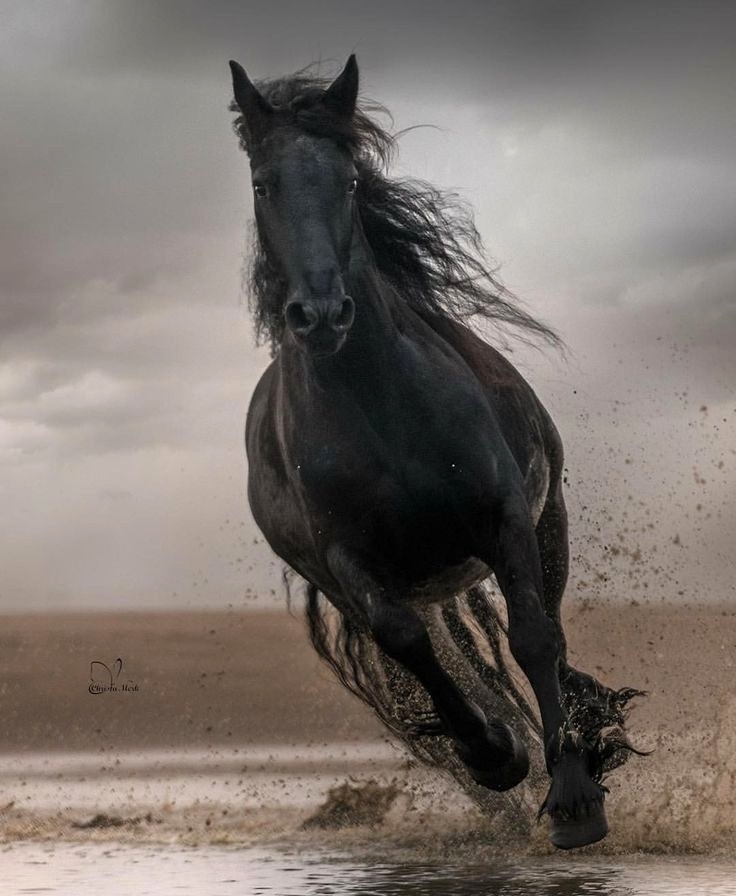The question of which race horse is the fastest has long been a topic of debate amongst horse racing fans, and in recent years, technology has made it possible to answer this question with greater accuracy. This article will explore the various factors that make a horse the fastest, as well as examine some of the fastest horses in history, in order to answer the question of which race horse is the fastest.
Genetics
All horses have the potential to be fast, but the breed of a horse is one of the key factors in determining its speed. Thoroughbreds, which are descended from three foundation sires, are generally considered to be the fastest race horses. Thoroughbreds are known for their speed, agility and endurance, characteristics that have been bred into the breed over centuries of selective breeding. Arabians, Quarter Horses and Standardbreds are also known for their speed, although they are usually not as fast as Thoroughbreds.
Training and Conditioning
No matter how fast a horse is genetically, it will not be able to reach its full potential if it is not properly trained and conditioned. A horse’s training program should include regular exercise, such as galloping and racing, as well as specific exercises to build muscle and improve the horse’s endurance. A horse’s diet and nutrition are also important, as a balanced diet will ensure that the horse has the energy it needs to perform at its best.
Rider
The rider of a horse is also an important factor in determining its speed. A skilled rider will be able to get the most out of a horse, while an inexperienced rider can hamper a horse’s performance. A rider’s weight is also a factor, as a heavier rider will add more weight to the horse and can slow it down.
Track Conditions
The condition of the track is also a factor in determining a horse’s speed. If the track is wet, it will be more difficult for the horse to gain traction and will slow it down. The length of the track is also important, as a shorter track will favor a horse that is quick off the starting gate, while a longer track will favor a horse with more staying power.
Equipment
The type of equipment a horse is wearing is another factor in determining its speed. A horse wearing lightweight racing plates and a lightweight saddle will be able to move faster than one wearing heavier equipment. The type of bit and bridle a horse is wearing can also affect its speed, as a bit that is too tight or too loose can hamper a horse’s performance.
Fastest Race Horses in History
Secretariat
Secretariat is widely considered to be one of the fastest race horses in history. He set a world record for the 1¼ mile Belmont Stakes in 1973, finishing the race in 1:59.4, a feat that has yet to be matched by any horse since. Secretariat was a Thoroughbred stallion bred in Virginia and raced in the United States.
Man o’ War
Man o’ War was another Thoroughbred stallion that was widely considered to be one of the fastest race horses in history. He set a world record for the 1¼ mile Belmont Stakes in 1920, finishing the race in 1:59.4. Man o’ War was a large horse, standing at 17 hands tall, and was known for his speed, endurance and agility.
Seabiscuit
Seabiscuit was a small Thoroughbred stallion that was bred in Kentucky and raced in the United States. Despite his small stature, he was known for his speed, agility and determination, setting a world record for the 1¼ mile Santa Anita Handicap in 1938, finishing the race in 1:58.4.
Conclusion
The question of which race horse is the fastest is a difficult one to answer, as there are many factors that go into determining a horse’s speed. Genetics, training and conditioning, the rider, track conditions and equipment all play a role in determining a horse’s speed. Some of the fastest race horses in history include Secretariat, Man o’ War and Seabiscuit, all of whom set world records in their respective races. Ultimately, the answer to the question of which horse is the fastest is subjective, as different horses have different abilities and abilities that can vary depending on the track conditions and the rider.



